Table of Contents
Introduction
Saffron is the world's most expensive spice, with prices ranging from $10 to $15 per ounce. This premium spice is valued for its labor-intensive harvesting process, requiring approximately 75,000 crocus flowers to produce just one pound. In this guide, we'll explore why saffron commands such a high price, how to identify genuine saffron, and practical tips for using it in your cooking.
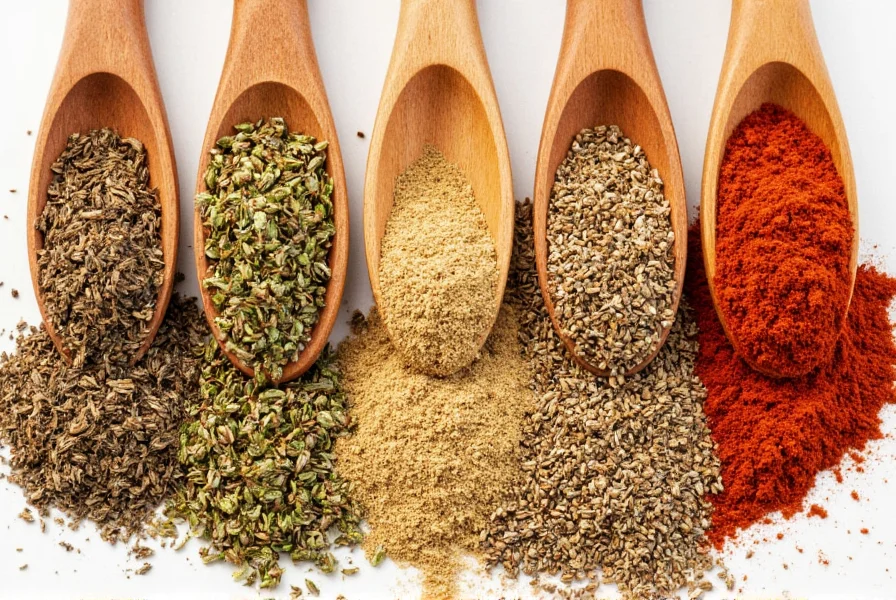
Why Saffron is the Most Expensive Spice
Saffron's extraordinary cost stems from three critical factors:
- Extreme labor intensity: Each saffron stigma must be hand-picked from the Crocus sativus flower during a short 2-3 week harvest season. Workers must collect flowers before dawn to preserve quality, and it takes 150,000-200,000 flowers to produce 1 kilogram of saffron.
- Geographic limitations: Saffron crocus only thrives in specific Mediterranean and Middle Eastern climates. Iran produces 90% of the world's supply, with Spain and India as secondary producers.
- Low yield: Each flower produces only three stigmas, and it takes 75,000 flowers to yield one pound of dried saffron threads.
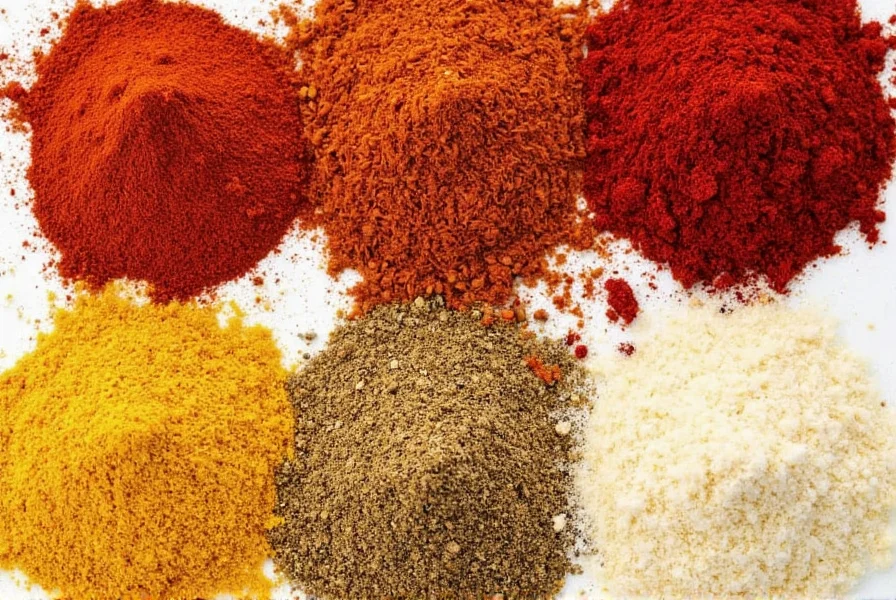
Price Comparison: Saffron vs Other Spices
| Spice | Price per Ounce (approx.) |
|---|---|
| Saffron | $10–$15 |
| Vanilla | $5–$10 |
| Sumac | $3–$5 |
| Cardamom | $3–$6 |
| Star Anise | $2–$4 |
As shown above, saffron costs 2-5x more than other premium spices. Its price fluctuates based on quality grade, with Iranian saffron typically commanding the highest prices.
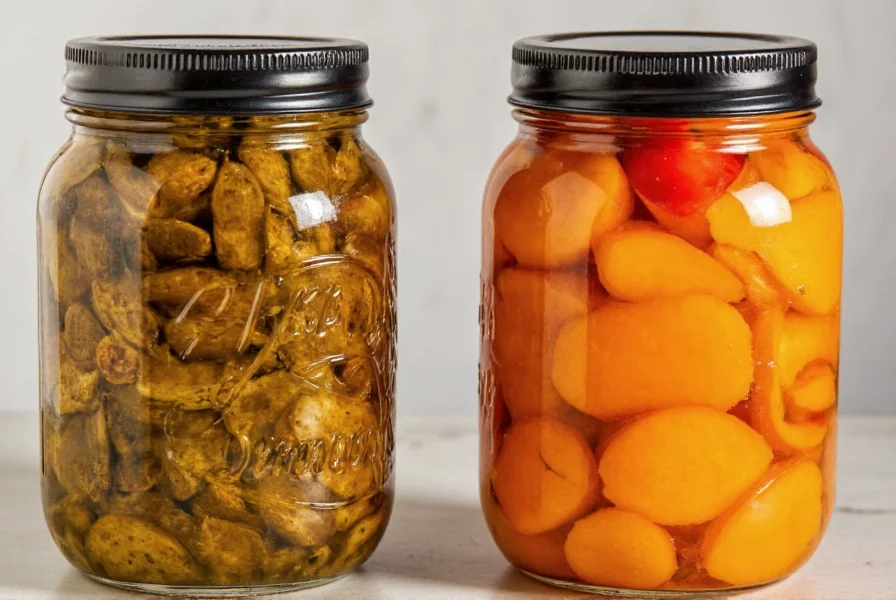
Practical Tips for Using Saffron
- Use sparingly: 10-20 threads typically flavor an entire dish. Overuse creates bitter flavors.
- Soak properly: Steep threads in warm liquid (water, broth, or milk) for 15-20 minutes before adding to recipes.
- Pair strategically: Works best with rice dishes (paella, risotto), seafood, and creamy sauces. Avoid pairing with strong flavors that overpower its delicate profile.
- Store correctly: Keep in an airtight glass container away from light, heat, and moisture. Properly stored saffron maintains potency for 2-3 years.
Buying Guide: How to Choose Genuine Saffron
Counterfeit saffron is common. Use these verification methods:
- Color test: Genuine threads are deep red with orange tips. Fake saffron often has uniform color or yellow stems.
- Water test: Soak threads in warm water. Real saffron releases color slowly (10-15 minutes), turning water golden-yellow. Fake saffron bleeds color immediately.
- Aroma test: Authentic saffron has a sweet, floral scent. Counterfeit products smell musty or chemical.
- Source verification: Buy from reputable spice merchants or specialty stores. Check for ISO 3632 certification on packaging.
Frequently Asked Questions
Why is saffron the most expensive spice in the world?
Saffron's extreme cost comes from its labor-intensive harvesting process. Each stigma must be hand-picked from the Crocus sativus flower during a short harvest window. It takes 75,000-200,000 flowers to produce one pound of saffron, with workers collecting flowers before dawn to preserve quality. The geographic limitations (only certain climates support growth) and low yield per flower further drive up costs.
How can I tell if saffron is real or fake?
Use three simple tests: 1) Color - real saffron has deep red threads with orange tips; fake saffron often has uniform color or yellow stems. 2) Water test - real saffron releases color slowly (10-15 minutes), turning water golden-yellow; fake saffron bleeds color immediately. 3) Aroma - authentic saffron has a sweet, floral scent; counterfeit products smell musty or chemical.
What dishes use saffron most effectively?
Saffron shines in dishes where its delicate flavor and golden color can shine: Spanish paella, Italian risotto Milanese, French bouillabaisse, Persian tahdig, and Indian biryani. It also enhances creamy sauces, seafood dishes, and baked goods like saffron buns or cakes. For best results, use 10-20 threads per serving and soak before adding to recipes.
Does saffron have health benefits?
Saffron contains potent antioxidants like crocin and safranal. Studies suggest potential benefits for mood regulation (mild depression), eye health, and anti-inflammatory effects. However, these benefits require consistent culinary use (not therapeutic doses), and saffron should not replace medical treatments. Always consult a healthcare provider before using saffron for health purposes.
How much saffron should I buy for home cooking?
For home cooks, a 0.1-0.5 ounce container is sufficient for regular use. Saffron loses potency over time, so smaller quantities ensure freshness. One ounce typically yields 20-30 servings (using 10-20 threads per dish). Store properly in a dark, airtight container to maintain quality for 2-3 years.
Conclusion
Saffron's status as the world's most expensive spice reflects its extraordinary production challenges and unique culinary properties. While costly, its unparalleled flavor and vibrant color make it a worthwhile investment for special dishes. By understanding how to identify genuine saffron and use it properly, you can enjoy this luxury spice without overspending or falling for counterfeit products.
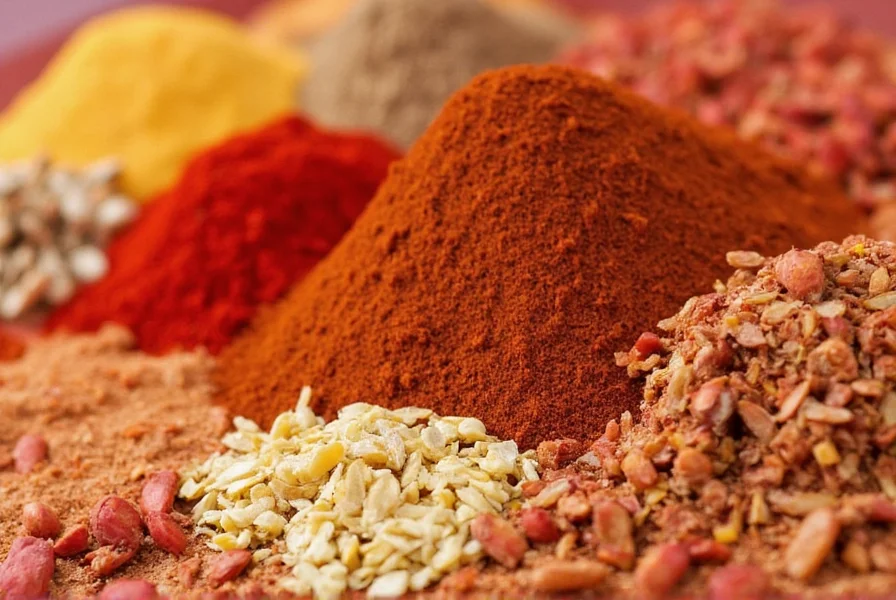
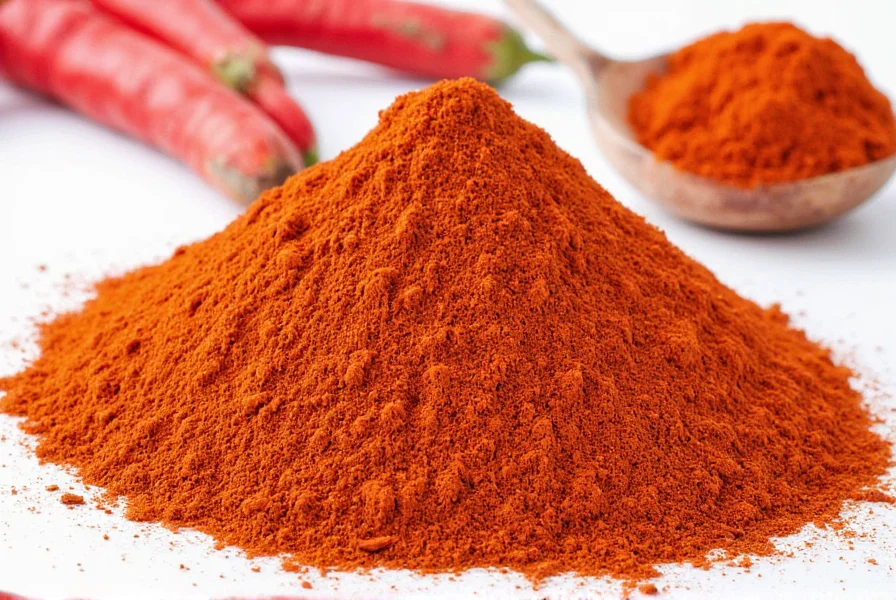
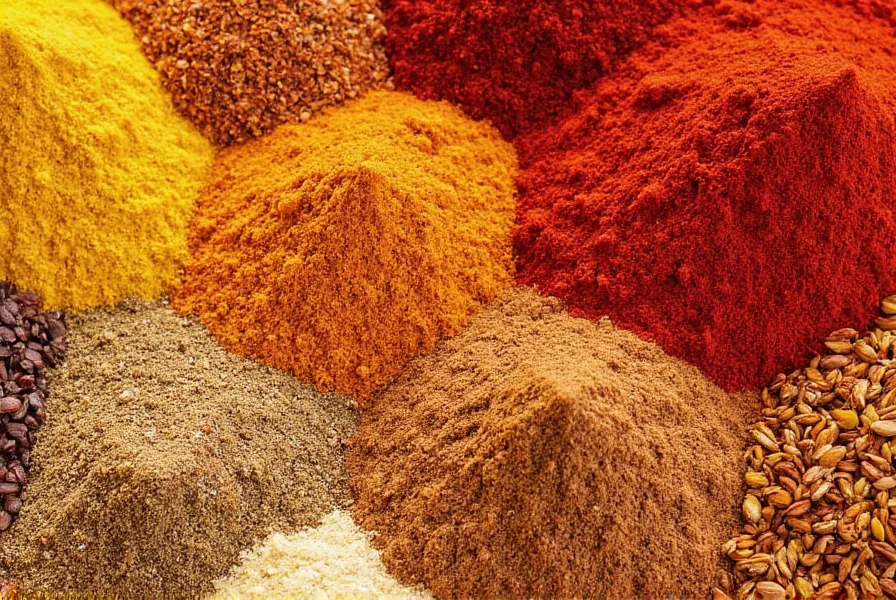
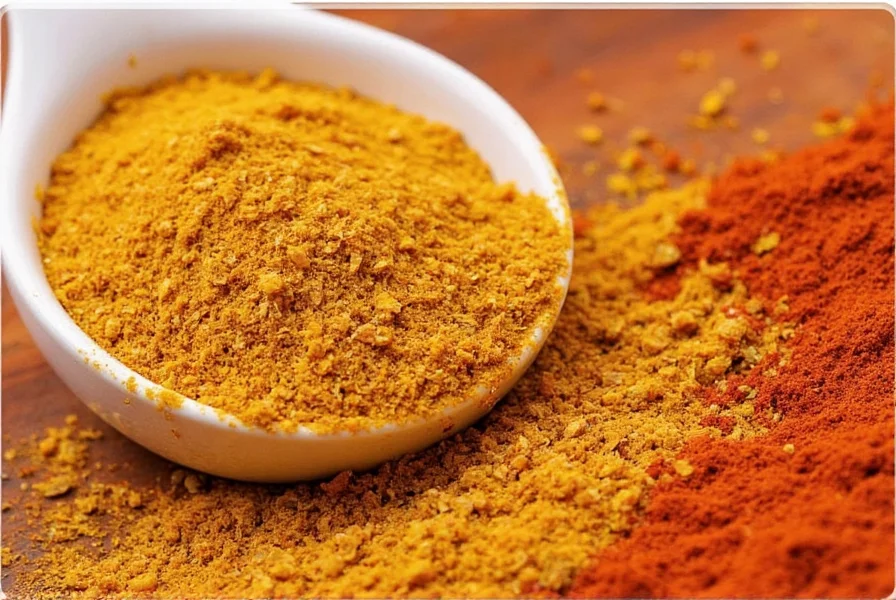
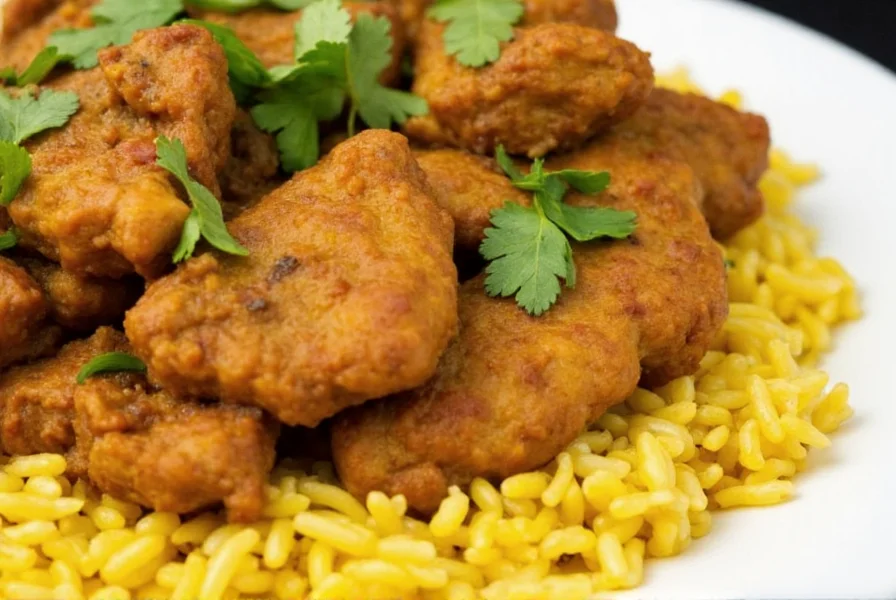

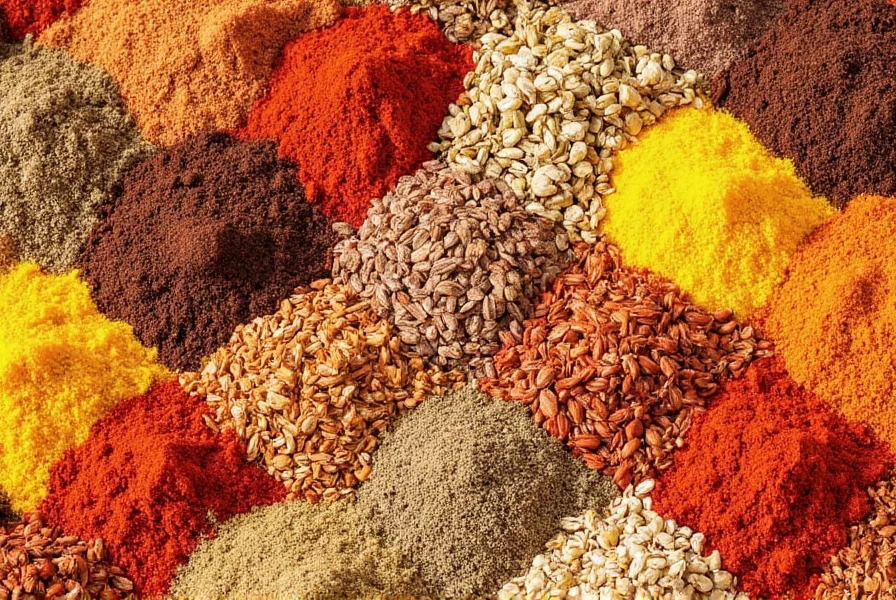









 浙公网安备
33010002000092号
浙公网安备
33010002000092号 浙B2-20120091-4
浙B2-20120091-4